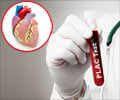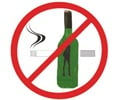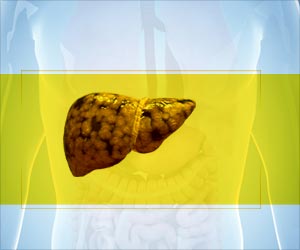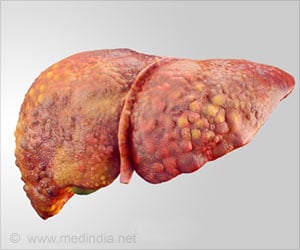For people seeking treatment for alcohol dependence, drink reduction goals are achievable and sustainable, according to new study findings.

‘Awareness around cutting down, rather than quitting altogether, is a viable goal that may also encourage more people who drink heavily to seek treatment.’





The large COMBINE clinical trial examined combinations of medications and behavioral interventions, used over 4 months, for treating alcohol dependence. One measure of alcohol intake was the World Health Organization (WHO) drinking risk level, which defines five risk levels based on a standard drink containing .6 fluid ounces (oz) or 14 grams (g) of ethanol per day (equivalent to 1.5 oz of 80 proof liquor, 12 oz of 5% beer, or 5 oz of 12% wine): abstinence(no intake), low risk(1-40 g/up to ~3 standard drinks in persons who are biologically male, 1-20 g/~1.5 drinks in persons who are biologically female), medium risk(41-60 g/up to ~4 drinks in males, 21-40 g/up to ~3 drinks in females), high risk(61-100 g/up to ~7 drinks in males, 41-60 g/~4 drinks in females), and very highrisk (101 g/+7 drinks in males, 61 g/+4 females). Most participants were in the ‘very high risk’ category before treatment, but reduced their drinking by at least two levels during treatment. In a new analysis of the study data, researchers examined whether reductions in drinking level were maintained 1 year after treatment ended, and were linked to improved functioning. They found that almost nine out of 10 patients with a one-level (or greater) reduction by the end of treatment maintained this one year later. So too did almost eight out of 10 patients with a two-level (or greater) reduction. A reduction in the WHO risk level was also associated with better physical health (lower blood pressure and liver enzyme levels), and fewer drinking-related consequences, through 1 year post-treatment.
These new data show that a reduction in WHO risk drinking level is a meaningful and sustainable measure, and appropriate for use in future clinical trials of new treatment approaches and in clinical care.
Source-Newswise















